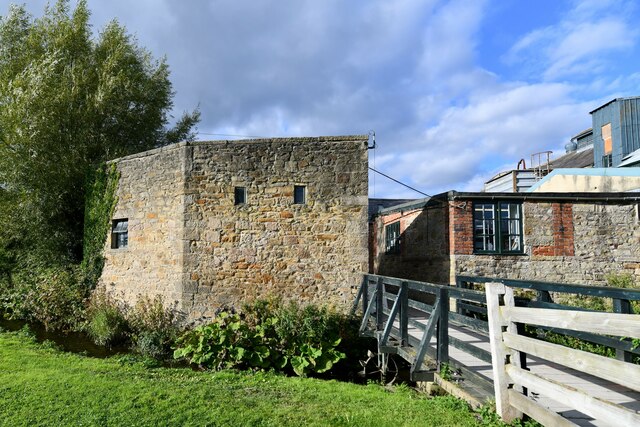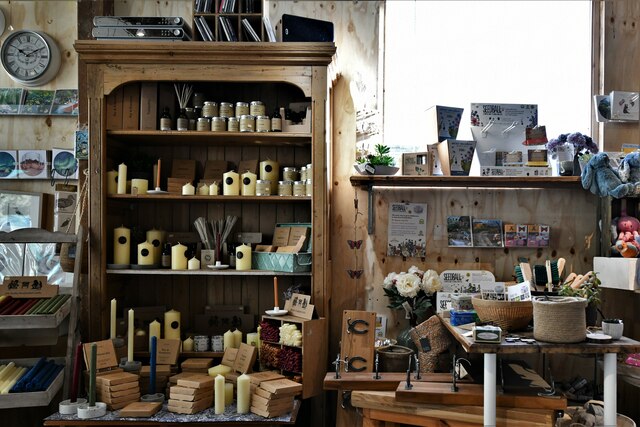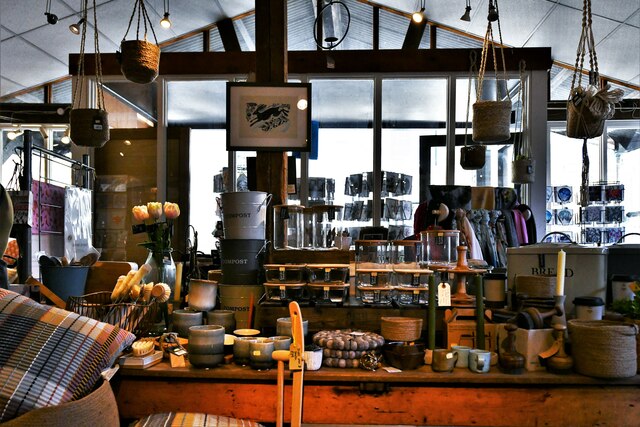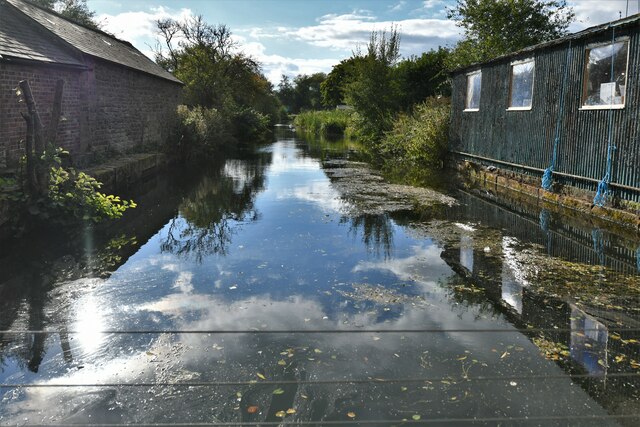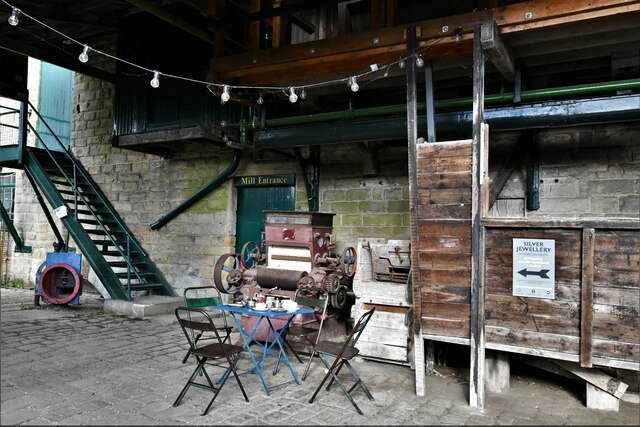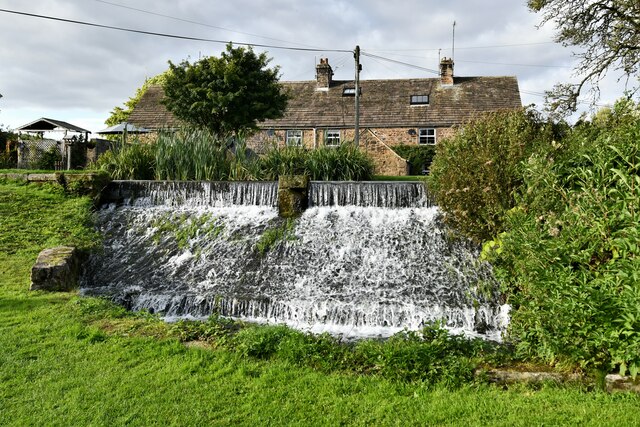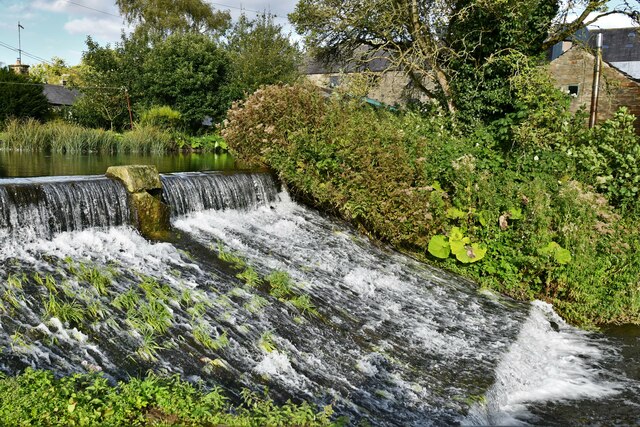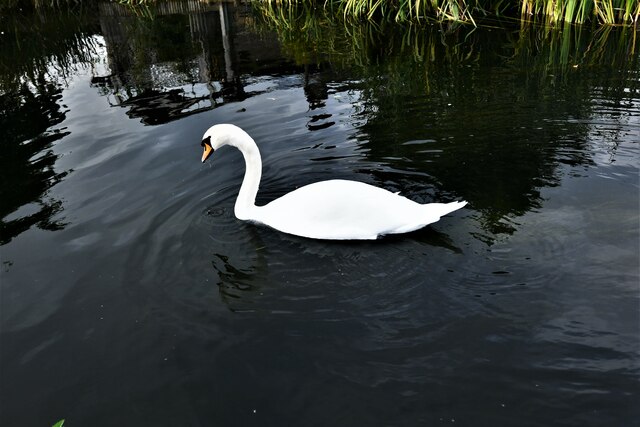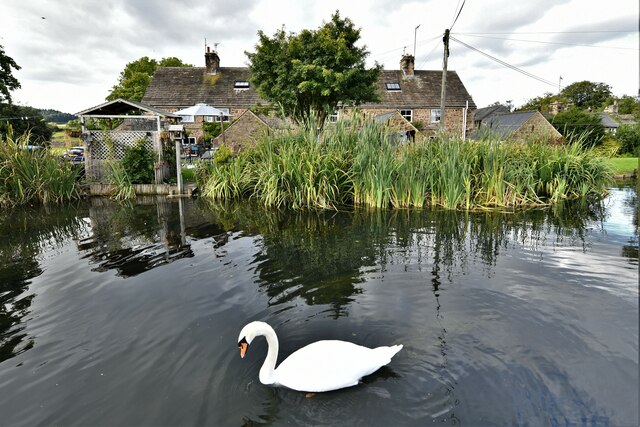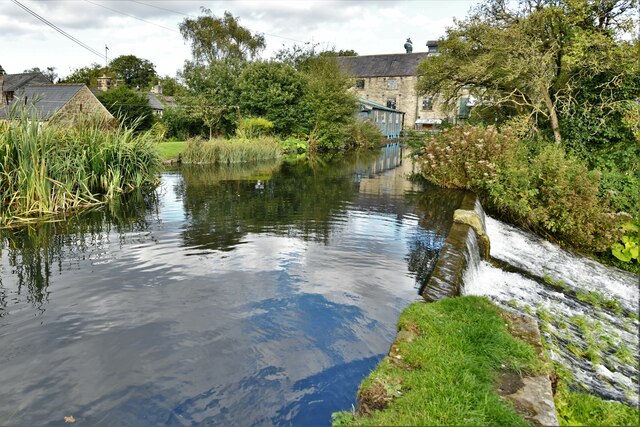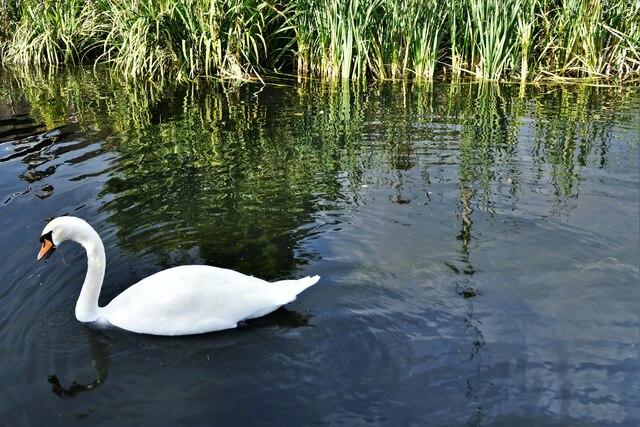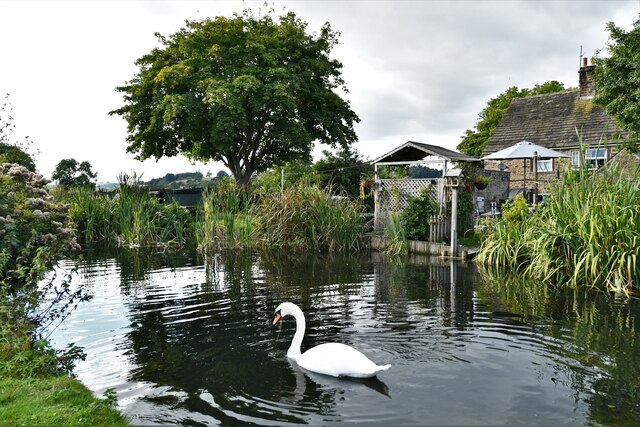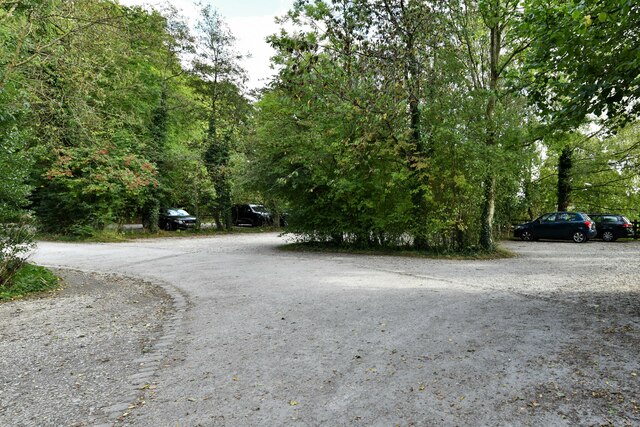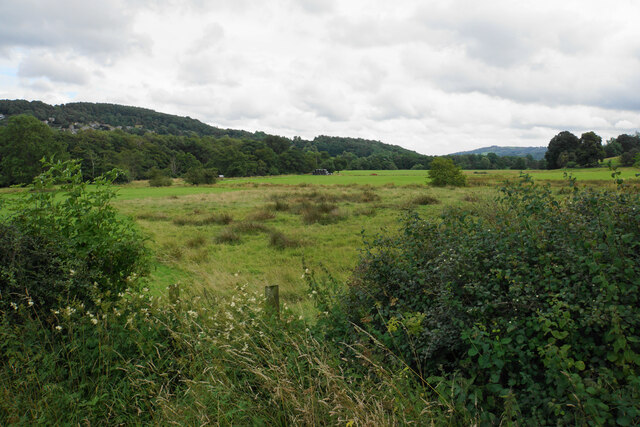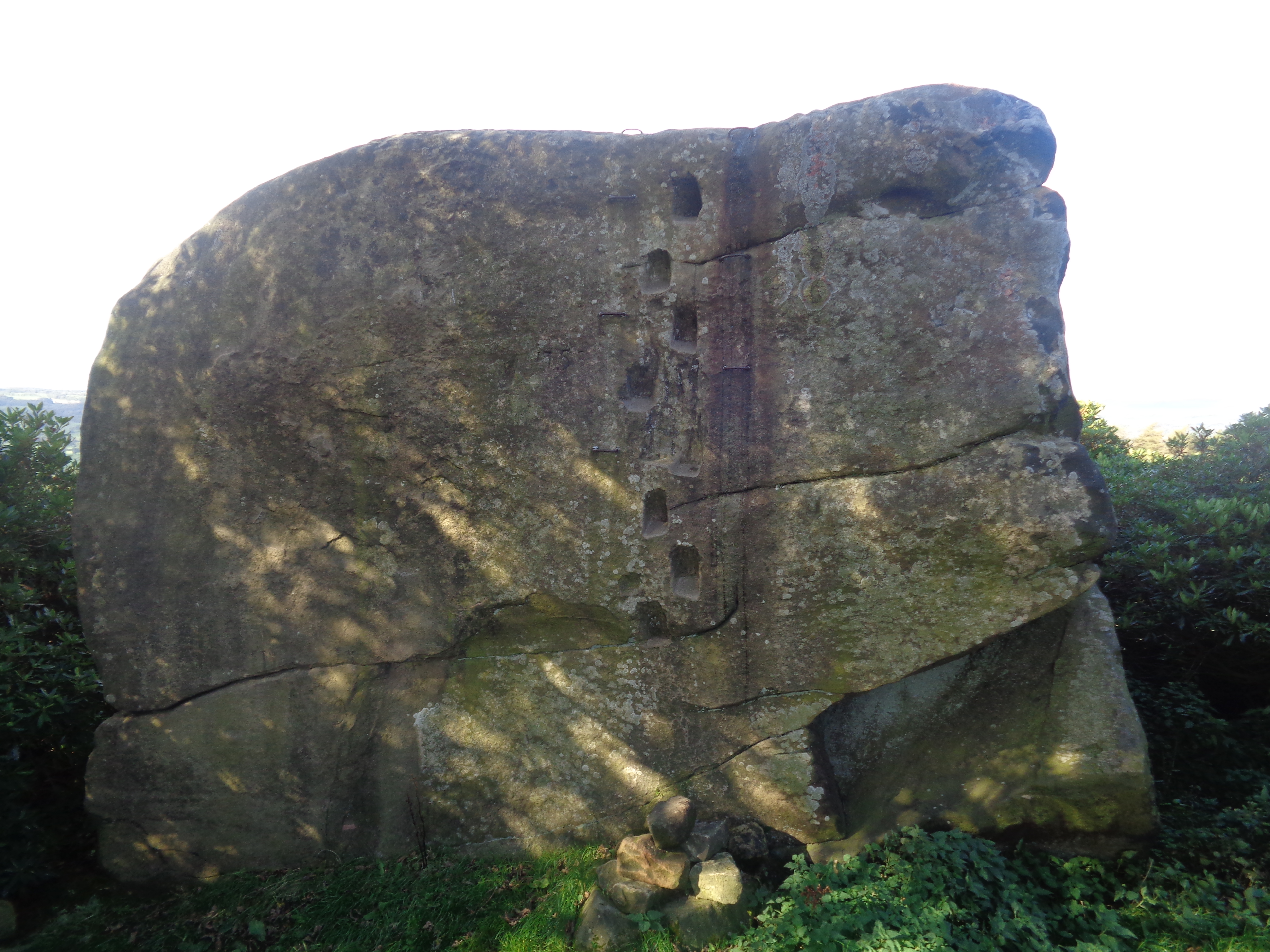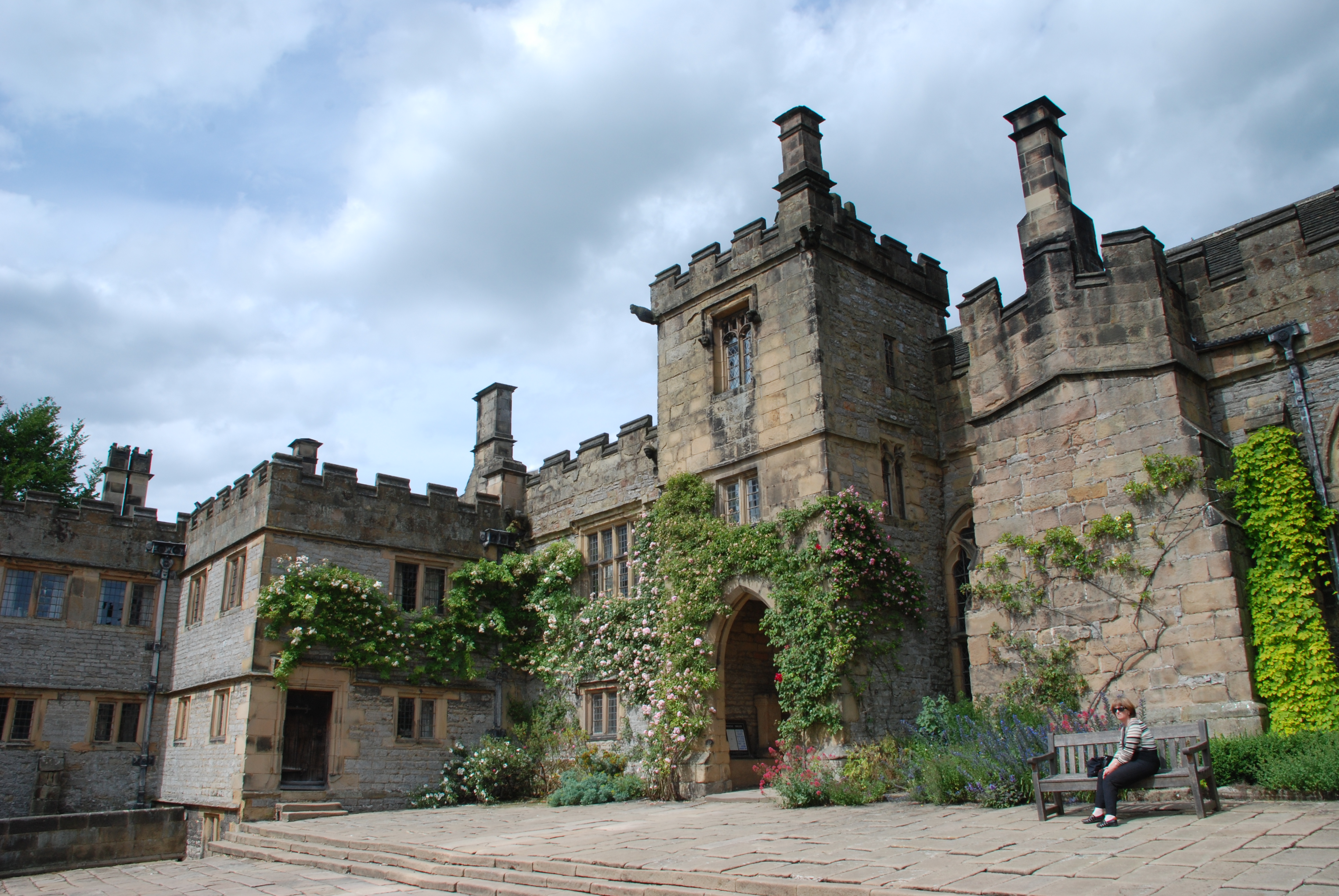Smithy Wood
Wood, Forest in Derbyshire Derbyshire Dales
England
Smithy Wood
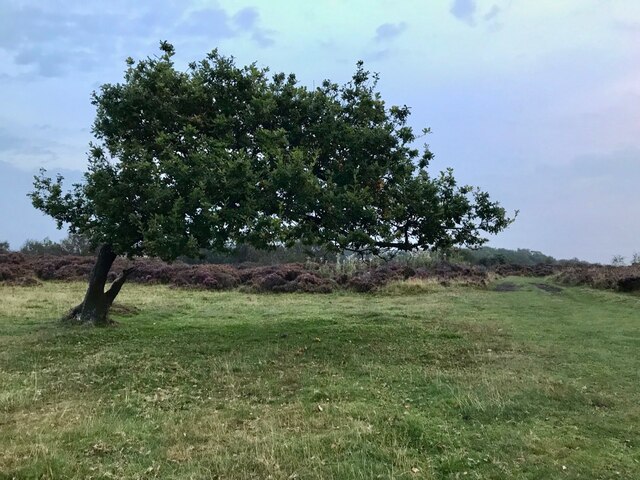
Smithy Wood is a dense and ancient woodland located in the county of Derbyshire, England. Spread over an area of approximately 50 acres, it is a cherished natural site that has been preserved for centuries. The wood is situated near the village of Chapeltown, on the outskirts of Sheffield.
This woodland is known for its rich biodiversity and is home to a diverse range of flora and fauna. The canopy of the wood is dominated by towering oak and beech trees, which provide a lush and green habitat for various species. Underneath the canopy, a carpet of wildflowers, including bluebells and primroses, bloom during the spring season, adding to the wood's charm and beauty.
Smithy Wood has a long history, with evidence of human activity dating back to the Iron Age. The name "Smithy Wood" originates from the presence of a blacksmith's forge in the area during medieval times. The wood was traditionally used for timber and charcoal production, as well as for grazing livestock.
Today, Smithy Wood is a popular destination for nature enthusiasts, hikers, and wildlife photographers. It offers numerous trails and pathways that allow visitors to explore its enchanting landscapes and discover its hidden treasures. The wood is also an important habitat for a variety of bird species, including woodpeckers, owls, and songbirds.
Efforts have been made to protect Smithy Wood from development and ensure its preservation for future generations. Local conservation organizations work tirelessly to maintain the wood's unique ecosystem and educate the public about its significance.
If you have any feedback on the listing, please let us know in the comments section below.
Smithy Wood Images
Images are sourced within 2km of 53.178121/-1.6426208 or Grid Reference SK2364. Thanks to Geograph Open Source API. All images are credited.
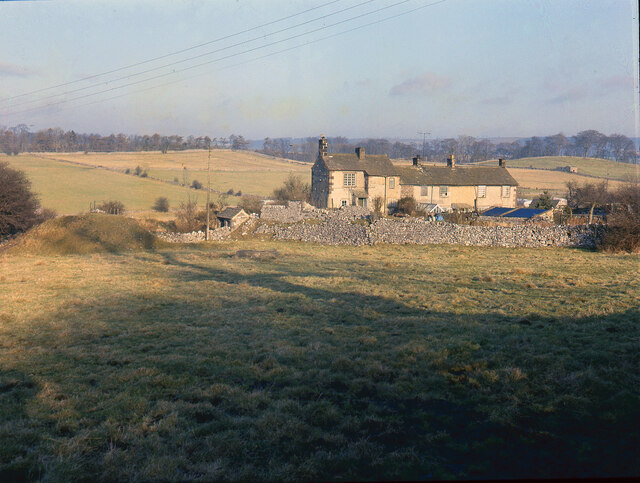
Smithy Wood is located at Grid Ref: SK2364 (Lat: 53.178121, Lng: -1.6426208)
Administrative County: Derbyshire
District: Derbyshire Dales
Police Authority: Derbyshire
What 3 Words
///noun.adjusted.hazel. Near Youlgreave, Derbyshire
Nearby Locations
Related Wikis
Stanton in Peak
Stanton in Peak (also written as Stanton-in-Peak) is a village in the Derbyshire Dales district of Derbyshire, It is about seven miles north-west of Matlock...
Holy Trinity Church, Stanton-in-Peak
Holy Trinity Church, Stanton-in-Peak is a Grade II listed parish church in the Church of England in Stanton in Peak, Derbyshire. == History == The church...
Stanton Hall, Stanton in Peak
Stanton Hall is a privately owned country house at Stanton in Peak in the Derbyshire Peak District, the home of the Davie-Thornhill family. It is a Grade...
Harthill Hall
Harthill Hall was formerly the Manor House of a great 13th century Estate, and the hall is now a Grade II listed building within the civil parish of Harthill...
River Lathkill
The River Lathkill is a river in the Peak District National Park in Derbyshire, England. First recorded in 1280, the name "Lathkill" possibly has Scandinavian...
Nine Ladies
The Nine Ladies is a stone circle located on Stanton Moor in Derbyshire in the English East Midlands. The Nine Ladies is part of a tradition of stone circle...
Andle Stone
The Andle Stone is a large gritstone boulder on Stanton Moor in Derbyshire. The stone block is 6m long, 4m high and lies within a low, circular, dry stone...
Nether Haddon
Nether Haddon is a sparsely populated village and civil parish in Derbyshire, England. It is immediately downstream along the River Wye from the small...
Nearby Amenities
Located within 500m of 53.178121,-1.6426208Have you been to Smithy Wood?
Leave your review of Smithy Wood below (or comments, questions and feedback).
